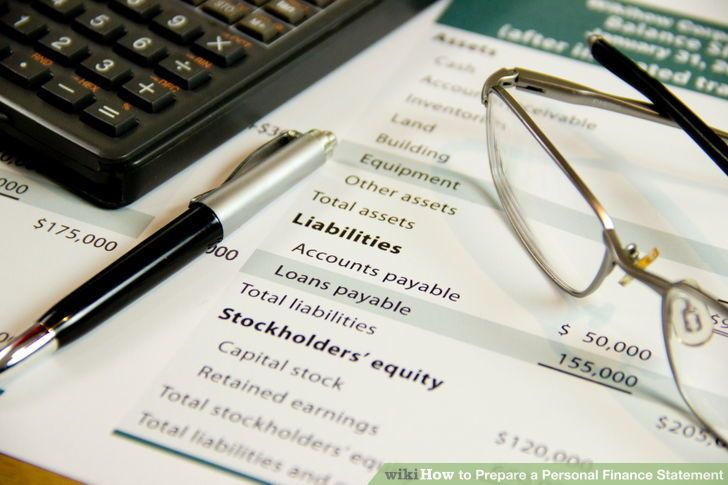The income statement or profit and loss statement is an important financial tool that’s used by the entrepreneur to determine revenue and expense performance. This important financial report is also used to determine business income taxes as well as an indicator of credit worthiness by lending institutions. This article focuses on income statement analysis that can be used as a measuring tool for profitability performance. Every business accountant in Gold Coast is aware of keeping records and it is the duty of an accountant to make proper income statement.
Gross Profit and the Income Statement
The gross profit margin is expressed as a percentage and compares gross profit to total revenue. For a company that’s in the business of selling a product, the majority of revenues are usually generated from the sales of those products. Gross profit in a sales environment is calculated by deducting the cost of goods sold from the actual sales amount.
For a company that’s in the business of selling a service, the majority of revenues are usually generated from the sales of those services. Gross profit in a service environment can be calculated by deducting the cost of labor from the actual service sales amount. Some service businesses may report service sales and gross profit as one in the same and treat cost of labor as an expense.
Example of Gross Profit and the Margin
For illustration purposes let’s say ABC Company sold $80,000 worth goods at the end of the month. The cost of sale for the goods sold is $16,000. ABC Company also received additional income from discounts on inventory purchases during the month.
- $80,000 sales
- $64,000 minus cost-of-goods
- $16,000 equals gross profit from sales
- $4,000 plus discounts from purchases
- $20,000 total gross profit
gross profit margin = gross profit / total sales or $20,000 / $80,000 = 25%
Expense as a Percentage of Gross Profit
There are two basic parts to the income statement, revenue and expenses. Analyzing expenses is equally important for measuring profitability. Expenses are generally reported in two categories, fixed and operating expense. Operating expenses will fluctuate with business activities and fixed expenses generally remain somewhat constant. Since the entrepreneur has little control over fixed costs, it’s more important to analyze operating expense.
One method of examining operating costs is to compare each expense category to total gross profit. As an example we’ll use the following operating costs for ABC Company and compare it to the total gross profit of $20,000.
Formula for Expense as a Percent of Gross Profit = Expense / Gross Profit
- Hourly wages $3,000 – 15.0 %
- Freight $500 – 2.5%
- Advertising $1,000 – 5.0%
- Inventory Control $1,500 – 7.5%
- Equipment Maintenance $1,200 – 6.0%
- Supplies $800 – 4.0%
- Total Operating Expenses $8,000 – 40.0%
Gross profit margin and expense as a percentage of gross profit should be used to measure and compare it to other businesses in the Accountant industry. They should also be compared to prior income statements to insure there are no negative trends developing. If the company starts to develop a negative trend, further analysis should be undertaken to find and correct the root cause.

